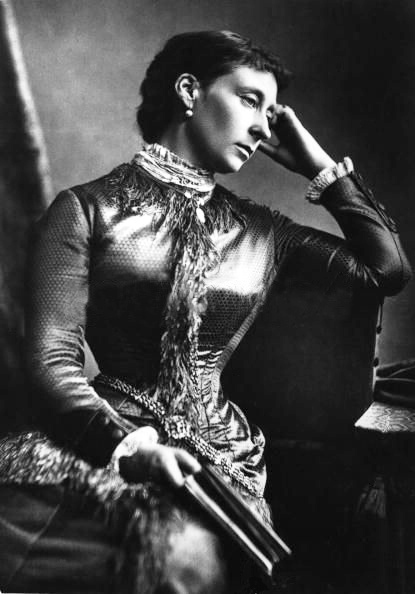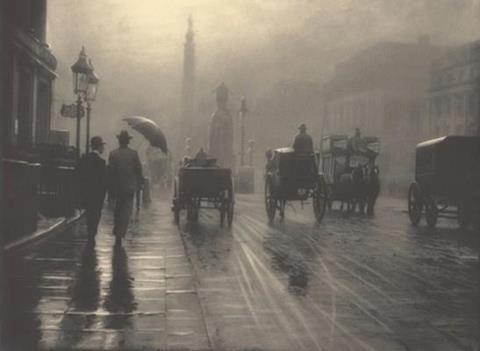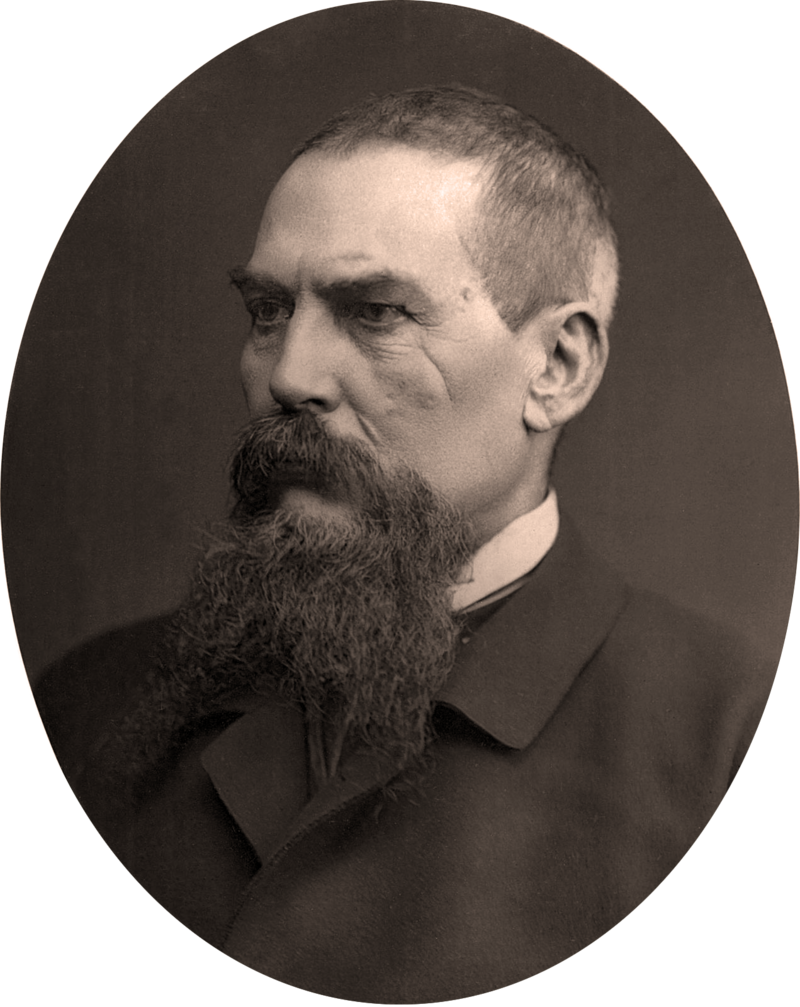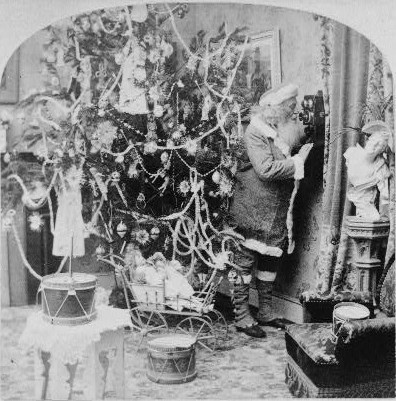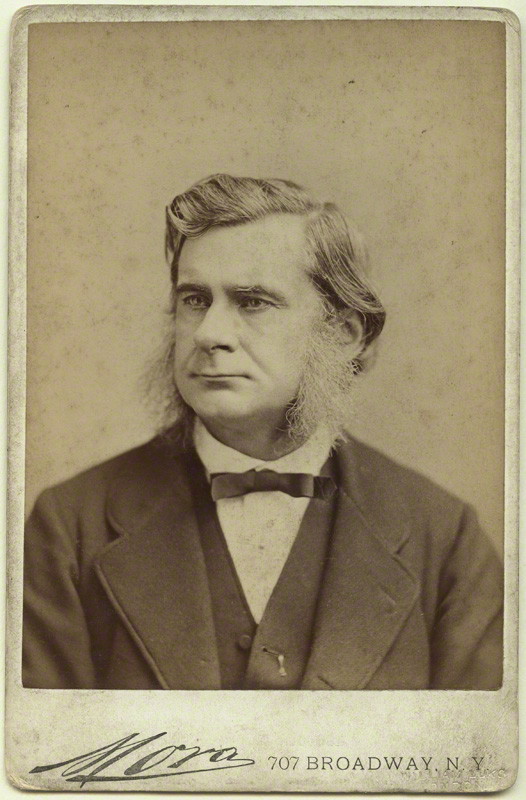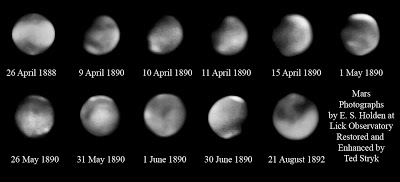In the musical “Man of La Mancha” Cervantes entices us with the words: “May I set the stage? I shall impersonate a man.Come, enter into my imagination and see him! His name…” For the great characters of fiction seeing him, seeing him as I do, was the problem because no two people see a character in the same way.
Among the great books of my generation were J. R. R. Tolkien’s “Hobbit” and “The Trilogy of the Ring” and for many years we were told that the reason that none of these books was successfully put on film was because of the fact that everyone had an individual mind image of what the different characters should look like and bringing these characters to film would shatter this image.This is, of course, nonsense. There are great writers and there are equally great photographers and cinematographers.
So I’d like to offer up as Favorite Photograph 2015 #8 Weta Digital – Gollum from Peter Jackson’s The Lord of the Ring 2001-2003. Whoa you say? Foul, foul, and double foul! This is merely an animated image from a movie.
Merely an animated image from a movie – NOTHING. This image is ground breaking and represents a major turning point in photographic imaging. In 1998 computer graphics researcher Henrik Jensen recognized that human and animal skin is translucent and this affects the way we see it. Taking into account this translucence, what physicists refer to as light diffusion, is a critical component of what makes things appear alive and real. Jensen teamed up with Joe Letteri, of Weta Digital and it was Letteri’s team that created Gollum.
But still, where is the revolution? The animated Gullom and his kin are a part of a major advance in animation, one that hurls us forward towards “the singularity.” It is closely related to the Digital Human League and the University of Southern California’s Creative Technology Laboratory and their freeware Emily2 available through the Wikihuiman Project. The future is truly now.
What we are seeing here is, of course, a form of virtual reality. Over the decades, I have awaited each space probe’s passage past the planets – or in the parlance of this blog the opening of robotic eyes. It has been a breath taking ride and a kind of vindication for the science geek. But it was equally thrilling to watch dinosaurs walk the Earth again and also to hear an ever so real Gollum utter words long burned into my memory and imagination:
“Curse it! curse it! curse it!” Curse the Baggins! It’s gone! What has it got in its pocketses? Oh we guess, we guess, my precious. He’s found it, yes he must have. My birthday-present.”

